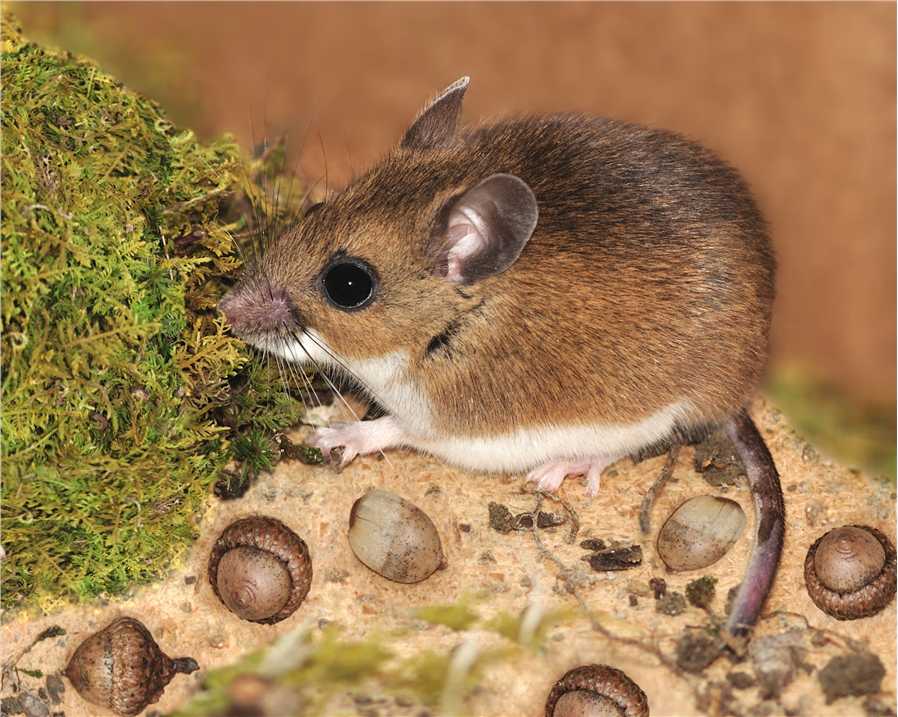The hantaviruses collectively belong to Bunyaviridae family. All hantaviruses share a negative-sense RNA genome of approximately 12,000 nucleotides in length that is arranged into large (L), medium (M), and small (S) segments, and contained within an enveloped virion. The virion consists of genome segments encapsidated by the nucleocapsid (N) protein to form ribonucleoprotein (RNP). The virion displays round or pleomorphic morphology with a diameter of roughly 120–160 nm depending on the detection method. Hantavirus are harbored by small mammals as reservoir hosts and transmitted to humans. In humans, they cause febrile disease, usually named Hemorrhagic Fever with Renal Syndrome (HFRS) in Asia and Europe and Hantavirus Cardiopulmonary Syndrome (HCPS) in the Americas with case fatality rates up to 35–50%. The pathogenesis of hantavirus disease is characterized by changes in blood coagulation, vasodilatation and disturbances in the barrier function of the capillaries, resulting in extravasion of blood and inflammatory processes in the affected organs.

HFRS, a rodent-borne infectious disease caused by hantaviruses, is clinically characterized in humans by fever, haemorrhage, headache, abdominal pain, and acute kidney damage. HFRS occurs primarily in the Old World. HFRS has been a major epidemic mainly in Asia and Europe. About 100,000 cases of HFRS are documented annually, most of which occurred in China, Korea, and Russia. HFRS is caused by the member of hantaviruses, including Hantaan virus (HTNV), Amur virus (AMV), Seoul virus (SEOV), Dobrava virus (DOBV), or Puumala virus (PUUV), each of which causes diseases with differing severity. HTNV or DOBV may cause the most severe form of HFRS and have the highest morbidity rates ranging from 5 to 10%. SEOV is globally widespread and may cause moderate HFRS; PUUV is endemic in northern Europe and may cause a generally mild form of HFRS, which is also called NE. Sin Nombre virus (SNV), which belongs to the same genus as the former ones which is hantavirus, is associated with a severe form of HCPS.
Symptoms of HFRS usually develop in 1-2 weeks after exposure to infectious material, but in rare cases, they may take up to 8 weeks to develop. Initial symptoms begin suddenly, including intense headaches, back and abdominal pain, fever, chills, nausea, and blurred vision. Later symptoms may include low blood pressure, acute shock, vascular leakage, and acute kidney failure, which can cause severe fluid overload. Hantaan and Dobrava virus infections usually cause severe symptoms, while Seoul, Saaremaa, and Puumala virus infections are usually more moderate. Complete recovery may take weeks or months.
Several laboratory tests are used to confirm a diagnosis of HFRS in patients with a clinical history compatible with the disease. Such patients are determined to have HFRS if they have serologic test results positive for hantavirus infection, evidence of hantavirus antigen in tissue by immunohistochemical staining and microscope examination, or evidence of hantavirus RNA sequences in blood or tissue. Supportive therapy is the mainstay of care for patients with hantavirus infections. Care includes careful management of the patient’s fluid (hydration) and electrolyte (e.g., sodium, potassium, chloride) levels, maintenance of correct oxygen and blood pressure levels, and appropriate treatment of any secondary infections. Dialysis may be required to correct severe fluid overload. Intravenous ribavirin, an antiviral drug, has been shown to decrease illness and death associated with HFRS if used very early in the disease. Rodent control is the primary strategy to prevent hantavirus infections. Rodent populations near human communities should be controlled, and rodents should be excluded from homes.
The New World hantaviruses include SNV and Andes virus (ANDV) seen in the Americas, which were recognized as a cause of disease when the first outbreak of HCPS. HCPS shares many characteristics with HFRS, including thrombocytopenia and a capillary leak syndrome except for its target organ.
The pathology seen with Old World hantaviruses focuses on the kidney, but the major target organ for the New World hantaviruses is the lung, although there are reports of PUUV infection which met the HCPS case definition and renal sequelae observed in HCPS cases. Patients who later have a mild course of HCPS are more likely to exhibit a high titer of neutralizing antibodies against SNV, the etiologic agent of HCPS, at the time of hospital admission.
Both specific IgM and IgG tests are used to distinguish between acute and past infection with Sin Nombre hantavirus. No approved antiviral treatment is available for HCPS. Although controlled trials have not been performed, extracorporeal membrane oxygenation (ECMO), which is available at UNMH, appears to reduce mortality among patients with severe HCPS. Rodent control in and around human living quarters is the primary method of prevention of hantavirus infection.
References: